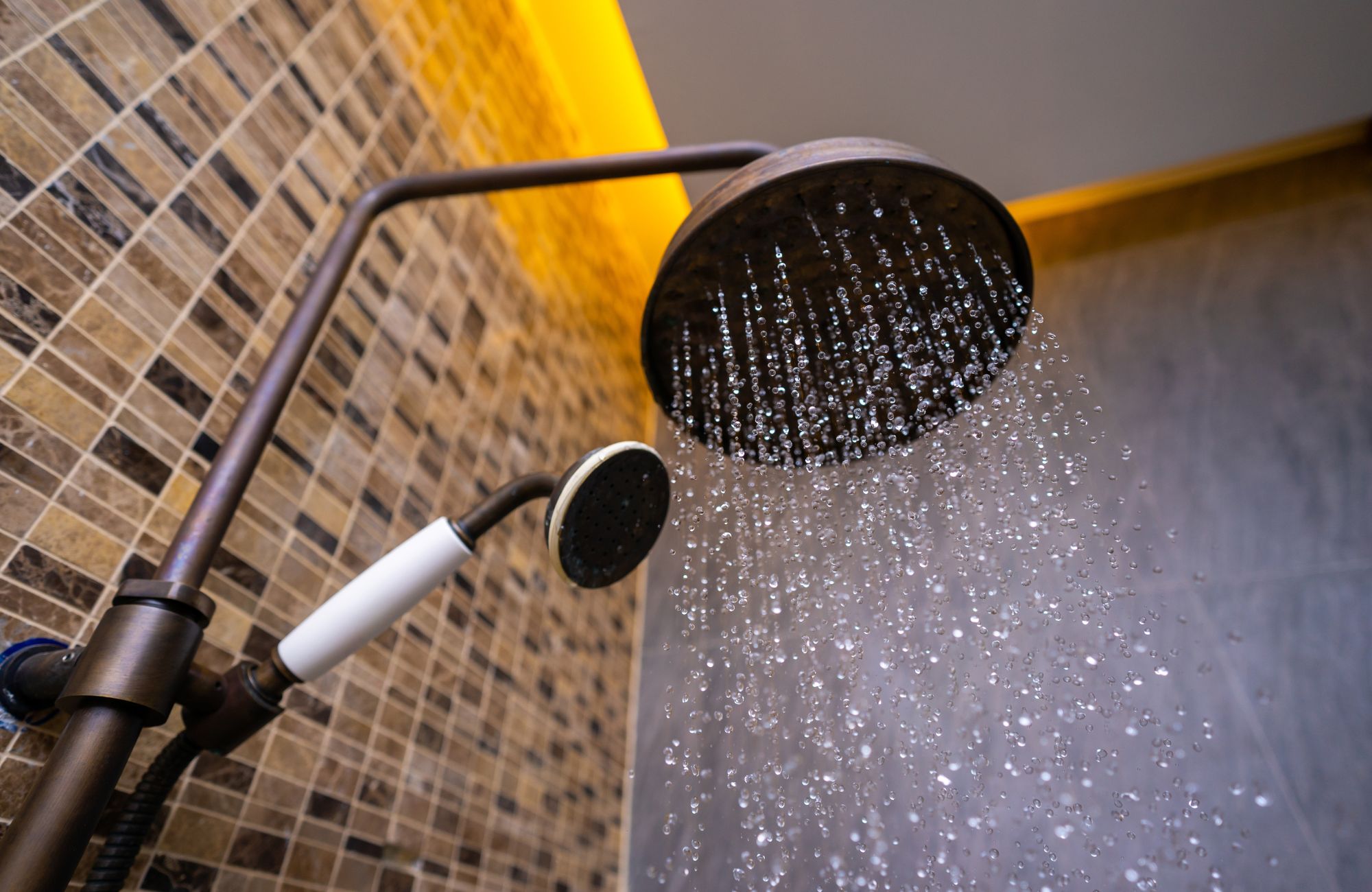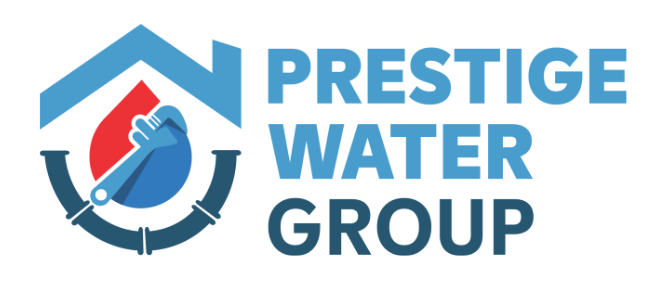
There’s nothing more frustrating than stepping into a shower expecting a strong, refreshing stream of water, only to be greeted by a disappointing trickle. Low shower pressure can turn your daily routine into a slow, unsatisfying experience. Fortunately, if you’re wondering how to increase shower water pressure, there are practical ways to diagnose and improve it without immediately calling a plumber. In this guide, we’ll walk through expert tips and long-term solutions to help you increase your shower’s water pressure and enjoy a better bathing experience.
Understanding Low Water Pressure
Low water pressure in a shower occurs when water doesn’t flow through the pipes and showerhead with enough force to create a strong stream. This can make rinsing shampoo difficult, extend shower time, and reduce the overall comfort of your experience. It’s a common issue in older homes and can result from several underlying problems, including clogged showerheads, mineral buildup, or plumbing system limitations.
Low pressure may also indicate deeper issues, such as corroded pipes or a partially closed shut-off valve. Understanding what affects pressure is the first step to solving the problem.
Identifying the Cause of Low Water Pressure
Pinpointing the root of low shower pressure requires a careful look at your plumbing setup. In many cases, the issue is localized to the showerhead or valve. However, broader issues like undersized plumbing lines or blockages in the pipes may also play a role.
Some of the most common causes include:
- Mineral buildup: Hard water deposits can restrict water flow inside the showerhead or pipes.
- Old or corroded pipes: Rust and corrosion inside aging pipes reduce the flow rate.
- Flow restrictors: Installed to conserve water, these limit maximum flow and may need removal or adjustment.
- Leaks in the plumbing system: A leak reduces overall pressure and efficiency.
- High demand on municipal supply: Homes located at higher elevations or near mainlines under heavy use can experience low mains water pressure.
DIY Methods to Improve Water Pressure
Before committing to costly upgrades, try these simple techniques to improve weak shower pressure.
Start by cleaning the showerhead. Over time, sediment and mineral deposits clog the tiny spray openings, restricting flow. Soak the showerhead in white vinegar overnight to dissolve mineral buildup. For stubborn particles, use a soft-bristle brush or toothpick to clean the spray nozzles manually.
If cleaning doesn’t help, consider replacing the showerhead entirely. Some newer models are specifically designed to boost water pressure even in homes with low supply. Look for a high-pressure or low-flow shower head with adjustable settings that enhance flow.
Here are additional steps you can take:
- Check the shower valve to ensure it’s fully open and functioning properly.
- Inspect the flow restrictor inside the showerhead and remove it if necessary.
- Test the water pressure using a measuring jug or pressure gauge at the kitchen sink to determine if the problem is house-wide.
These quick adjustments can often restore your shower’s water pressure without any major investments.
Upgrading Your Shower System
If DIY fixes don’t work, it may be time to upgrade your shower system. Modern plumbing products are designed to address low water pressure issues more effectively than ever.
Installing a shower pump directly into your system is one of the most powerful ways to significantly boost water pressure. These pumps draw water from your supply lines and push it through the system at higher speeds, delivering a more satisfying flow.
Other options include:
- Power showers: These units combine a pump with the shower system to boost pressure.
- Electric showers: Heat water on demand and maintain consistent pressure regardless of home plumbing.
- Cold water accumulator tanks: Store pressurized cold water to help regulate flow and pressure.
Each upgrade varies in cost and complexity. Consulting a plumber can help you decide what fits best for your home’s needs and water usage habits.
Using Cold Water to Your Advantage
Cold water naturally retains higher pressure than hot water, especially in older systems where heating reduces flow. If your shower allows it, slightly adjusting the mix to include more cold water may temporarily improve pressure.
Consider the following:
- Use shower systems that draw primarily from the cold water supply.
- Install a break tank to help equalize and improve the flow rate.
- Choose a showerhead designed to operate efficiently at lower temperatures.
These options are particularly helpful in homes where hot water systems struggle to deliver pressure.
Increasing Pressure with a Pump
Installing a shower pump is often the most effective long-term solution for low shower water pressure. These pumps are specifically designed to increase pressure by drawing water from your supply and accelerating flow to the showerhead.
Types of pumps include:
- Single impeller pumps: Boost pressure from one source (hot or cold).
- Twin impeller pumps: Improve pressure from both hot and cold supplies.
A professional installation ensures the pump is compatible with your plumbing system and meets building codes. While it may be a larger investment upfront, it offers noticeable and lasting improvement.
Understanding Pressure in a Shower
Water pressure in your shower is determined by several interrelated factors:
- Main supply pressure from the local water system
- Internal plumbing system design and pipe diameter
- Elevation differences within multi-story homes
Installing a pressure regulator or checking the shut-off valve can correct internal pressure issues. A partially closed valve can drastically reduce flow without being obvious.
Use a pressure gauge to test the shower pressure directly. Ideal readings are typically between 45 and 60 psi for most homes.
Checking for External Factors
Sometimes, low water pressure stems from problems outside your home. If the pressure fluctuates at certain times of day, it could be tied to your neighborhood’s water usage.
External contributors include:
- High demand periods, such as mornings or evenings
- Location at the end of a supply line or on high ground
- Iron piping or aging municipal infrastructure
In these cases, a water booster pump or accumulator tank may help mitigate reduced pressure.
Inspecting and Replacing Pipes
Old homes, especially those with galvanized iron or copper pipes, are more prone to corrosion and mineral deposits that block water flow. Inspecting your plumbing lines may reveal these pressure-reducing issues.
If pipes are significantly clogged or corroded, replacing them with wider, modern piping can vastly improve pressure and efficiency.
Warning signs include:
- Visible rust or scale on exposed pipes
- Fluctuating pressure from different fixtures
- Unexplained increases in water bills
A licensed plumber can perform a detailed inspection and recommend upgrades where needed.
Installing a Solution
Sometimes, the only lasting fix is a full system upgrade. Whether you opt for a plumber-installed shower pump, a new power shower, or pressure-assisted plumbing components, professional installation ensures your solution is safe and effective.
Here’s a comparison of common pressure-boosting solutions:
| Solution | Best For | Notes |
|---|---|---|
| Shower Pump | Very low-pressure homes | Requires power & plumbing |
| Power Shower | Boosting hot/cold supply | Includes internal pump |
| Accumulator Tank | Regulating inconsistent flow | May need space |
| Electric Shower | On-demand hot water and steady flow | Bypasses the home water heater |
Tips for Increasing Water Pressure
Small adjustments can make a noticeable difference. Here are several practical tips to improve your shower pressure:
- Clean your showerhead regularly to remove buildup.
- Install a high-pressure or low-flow showerhead with strong performance ratings.
- Check the shower valve and shut-off valve for full opening.
- Use a handheld showerhead to focus water where needed.
While not all solutions work for every home, combining two or more of these tips can lead to consistent results.
Maintaining Your Shower System
Maintaining your shower system prevents problems before they start. Regular upkeep helps extend the life of your plumbing and ensures you get the best performance from your fixtures.
- Clean your showerhead monthly using vinegar or descaling agents.
- Inspect plumbing annually for leaks or corrosion.
- Consider installing a water softener to prevent mineral buildup in hard water areas.
- Track water bills to catch early signs of hidden leaks or excessive water consumption.
Routine maintenance pays off in lower repair costs and consistently better water flow.
Troubleshooting Common Issues
If your shower pressure is still weak after trying these fixes, deeper issues may be at play. Here are a few final checks:
- Look for partially closed valves or obstructions in the line.
- Check the water heater for sediment buildup.
- Inspect diverter valves in combined bath/shower units.
If you’re still unsure, schedule an inspection with a licensed plumber who can identify the cause and recommend next steps.
Conclusion
Improving water pressure in your shower can be as simple as cleaning the showerhead or as complex as installing a new pump system. Whether the issue stems from mineral buildup, external factors, or corroded pipes, some solutions fit every budget and home type. With proper maintenance and a thoughtful approach, you can turn your shower into a high-pressure, high-comfort experience.
Still dealing with low shower pressure? Don’t let weak water flow ruin your daily routine. The licensed plumbers at Prestige Water Group specialize in diagnosing and fixing water pressure issues, from mineral buildup to full system upgrades. Whether you need a new shower pump, pipe inspection, or professional installation, we’re here to help. Serving homes throughout New Jersey, we provide honest pricing and expert service you can trust. Call (973) 227-4740 or email info@pwgroupnj.com to schedule your appointment.
FAQs
How can I make my shower water pressure stronger?
Start by cleaning your showerhead and checking for flow restrictors. If that doesn’t help, replace it with a high-pressure model. You can also improve pressure by installing a shower pump or power shower, especially if your home has consistently low flow.
How do you increase water pressure in a gravity-fed shower?
Install a shower pump designed for gravity-fed systems. Raising the water tank, using wider pipes, or switching to a power shower are other ways to boost water pressure in these setups.
Is there a shower head that increases water pressure?
Yes, high-pressure showerheads are specifically designed to optimize flow even with a limited supply. Look for models with small nozzles, air infusion, or pressure chambers.
How do you remove a shower restrictor?
To remove a flow restrictor, detach the showerhead and locate the small plastic disc inside. Use tweezers or a small tool to gently pull it out. Be careful not to damage the internal components.
